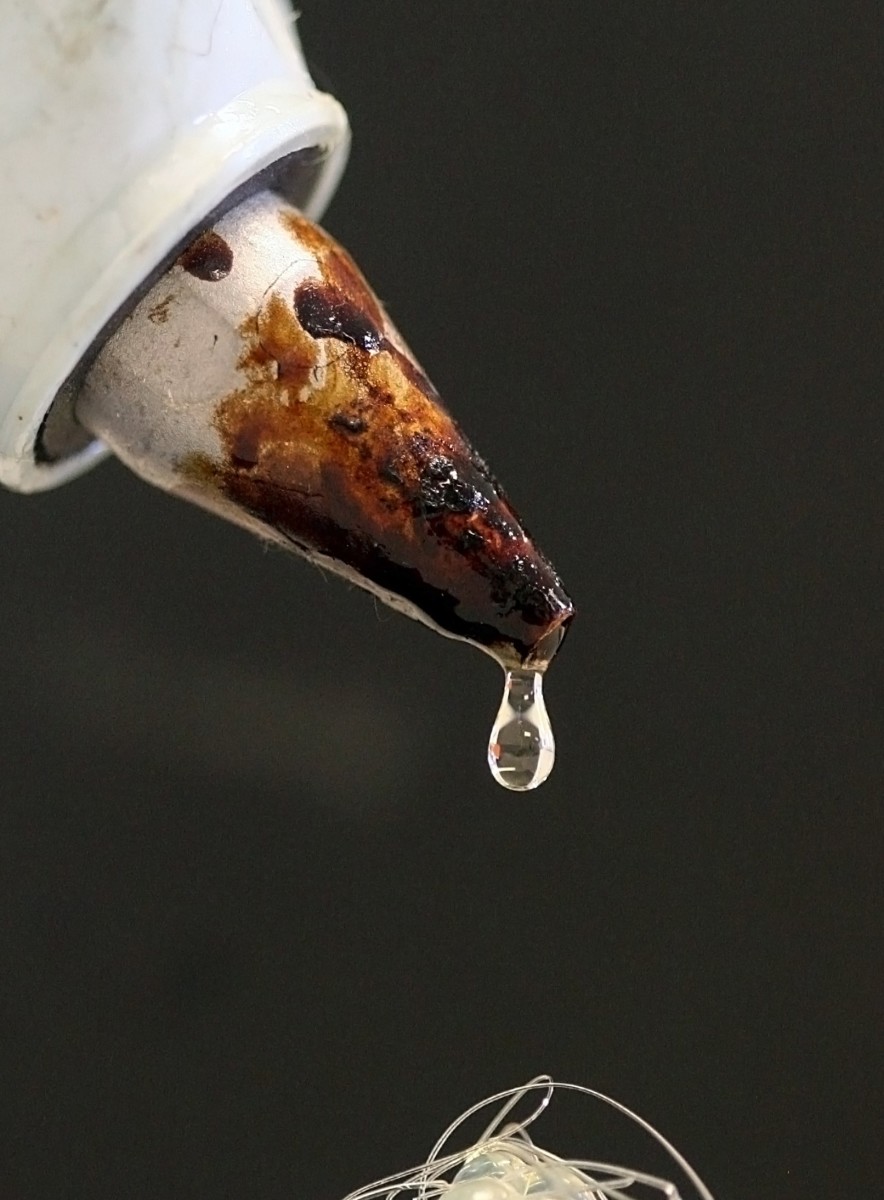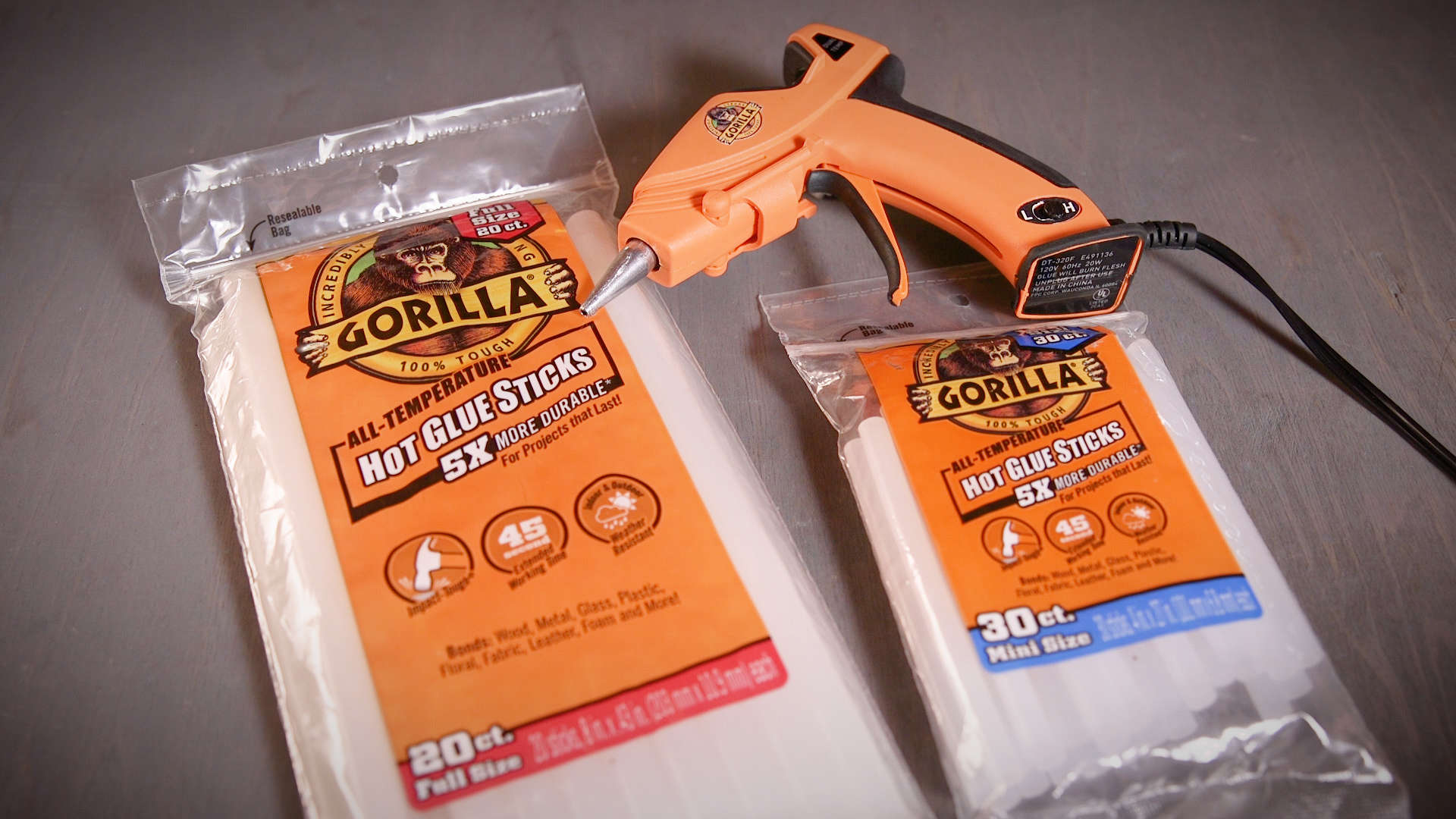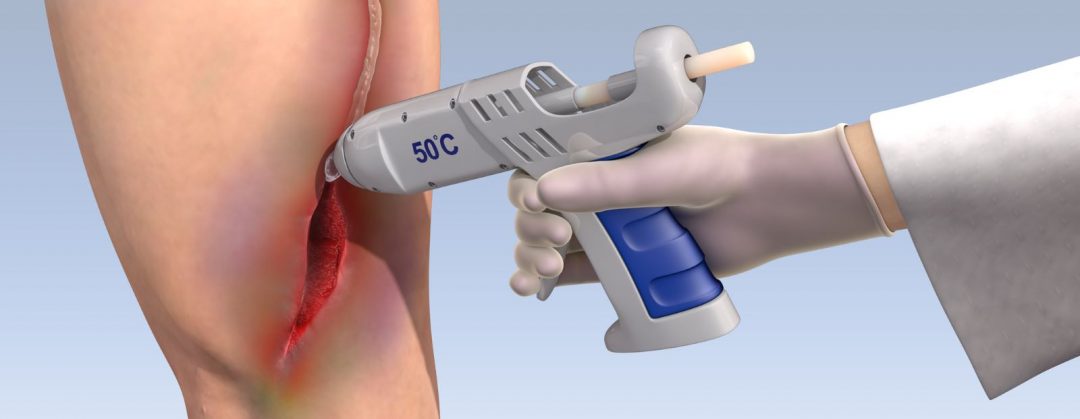Hot glue is strong, providing a reliable bond for various materials like wood, plastic, and fabric. Its strength can vary based on the project requirements.
Hot glue is commonly used in crafting, DIY projects, and repairs due to its versatility and quick drying time. The adhesive properties of hot glue make it suitable for both temporary and permanent applications, depending on the specific needs of the task at hand.
Understanding the strength of hot glue is essential for achieving successful outcomes in a wide range of creative and practical projects. Let’s delve deeper into the characteristics and applications of hot glue to grasp its full potential in various endeavors.
The Science Behind Hot Glue
Hot glue, or thermoplastic adhesive, is a popular adhesive due to its strength and versatility. It is composed of a base polymer, such as ethylene-vinyl acetate (EVA), and various additives, such as tackifiers and plasticizers. These additives determine the adhesive’s properties, such as viscosity, flexibility, and curing time.
The heating process of hot glue involves melting the solid adhesive into a liquid state using a hot glue gun. The glue then cools and solidifies upon contact with the surface to be bonded. The adhesion strength of hot glue depends on various factors, such as the surface material, temperature, pressure, and curing time.
Overall, the composition and properties of hot glue, as well as the heating process and adhesion factors, contribute to its strength and effectiveness as an adhesive.
Hot Glue Versus Other Adhesives
When it comes to strength comparison, hot glue holds its own against other adhesives. It offers a strong bond for a variety of materials, from wood and plastic to fabric and metal. This application versatility makes hot glue a go-to choice for many DIY projects and repairs. Its quick drying time and ease of use also add to its appeal. While it may not be suitable for load-bearing or high-heat applications, hot glue remains a reliable option for a wide range of bonding needs.
Factors Affecting Hot Glue Strength
Hot glue is a widely used adhesive due to its strength and versatility. Several factors can affect the strength of hot glue bonds.
Temperature variables play a crucial role in determining the strength of hot glue. When the glue is heated to a higher temperature, it becomes more fluid, allowing it to penetrate porous surfaces and create a stronger bond. Conversely, if the glue is too cold, it may not adhere properly.
The type and preparation of the surface also impact hot glue strength. Smooth and clean surfaces generally provide better adhesion than rough or dirty ones. Preparing the surface by removing any dust, grease, or debris can enhance the bond.
Considering these factors, it is important to ensure that the hot glue is applied at the right temperature and on a properly prepared surface to achieve maximum strength. This will result in reliable and durable adhesive bonds for various applications.
Maximizing The Bond
Hot glue is incredibly strong when used correctly. Proper application techniques are essential for maximizing the bond. Ensuring the surfaces are clean and dry before applying the glue is crucial. The curing time and conditions also play a significant role in the strength of the bond. Allowing the glue to cure for the recommended time at the optimal temperature and humidity levels is important. Additionally, applying adequate pressure during the bonding process can enhance the strength of the adhesive bond. It is important to note that hot glue may not be suitable for load-bearing applications or those exposed to extreme temperatures. Understanding the capabilities and limitations of hot glue is essential for achieving optimal results in various bonding applications.
Load-bearing Capacity Of Hot Glue
Hot glue is a versatile adhesive with good load-bearing capacity. Its tensile strength enables it to withstand pulling forces, while the shear strength allows it to resist sliding or tearing. Stress distribution analysis reveals that hot glue can effectively distribute force and maintain its integrity under pressure. It is important to note that the load-bearing capacity of hot glue can vary based on factors such as temperature and material compatibility. Understanding the capabilities of hot glue is essential for selecting the appropriate adhesive for various applications.

Durability And Longevity
Hot glue is known for its strength, providing durability and longevity in various projects. Its robust nature ensures reliable adhesion.
| Hot glue is known for its durability and longevity. |
| It exhibits strong environmental resistances and can withstand aging and wear. |
When To Use Hot Glue
Hot glue is versatile adhesive for quick projects. It is ideal for crafts and DIY projects. Hot glue is best for lightweight materials like paper, fabric, and foam. It may not be suitable for heavy-duty or outdoor projects. Consider the heat of the glue gun and drying time. Avoid using hot glue for projects exposed to high temperatures. Choose the right adhesive for each project.

Safety And Precautions
Hot glue is known for its strong bonding properties, making it a reliable choice for various projects. When using hot glue, it’s important to prioritize safety and take necessary precautions to avoid burns and injuries. Always handle hot glue guns with care and consider using protective gloves when working with this adhesive.
| Safety and Precautions |
| When handling hot glue guns, always wear protective gloves. |
| Ensure proper ventilation in the workspace to prevent fumes. |
| Avoid touching the nozzle or hot glue to prevent burns. |
| Before use, inspect the gun for any damage or defects. |
| Avoid common mistakes like leaving the gun plugged in unattended. |
| Always unplug the gun after use and let it cool down. |

Frequently Asked Questions
How Strong Is Hot Glue?
Hot glue has a strong bond, but its strength varies based on the materials it’s being used on. It can hold up to 2 pounds on smooth surfaces and up to 10 pounds on rough surfaces.
What Materials Can Hot Glue Be Used On?
Hot glue can be used on a variety of materials such as wood, plastic, metal, fabric, and ceramics. It’s important to note that some materials may require a specific type of glue or a higher temperature setting on the glue gun.
Is Hot Glue Heat Resistant?
Hot glue is heat resistant to a certain extent. It can withstand temperatures up to 120°F, making it suitable for use in low-heat applications. However, it’s not recommended for use in high-heat environments or for items that will be exposed to direct sunlight.
How Long Does Hot Glue Take To Dry?
Hot glue typically dries within 30 seconds to 2 minutes, depending on the temperature of the glue and the materials being bonded. It’s best to hold the materials together until the glue has completely dried to ensure a strong bond.
Conclusion
To conclude, hot glue is an incredibly strong adhesive that offers various practical applications. Its versatility and quick-drying properties make it a popular choice for craft projects, home repairs, and even industrial use. Whether you need to bond materials together or create intricate designs, hot glue proves to be reliable and efficient.
However, it’s important to remember that its strength can vary depending on factors such as the materials being glued and the temperature at which it is applied. So, when using hot glue, it’s essential to consider the specific requirements of your project to achieve the best results.

